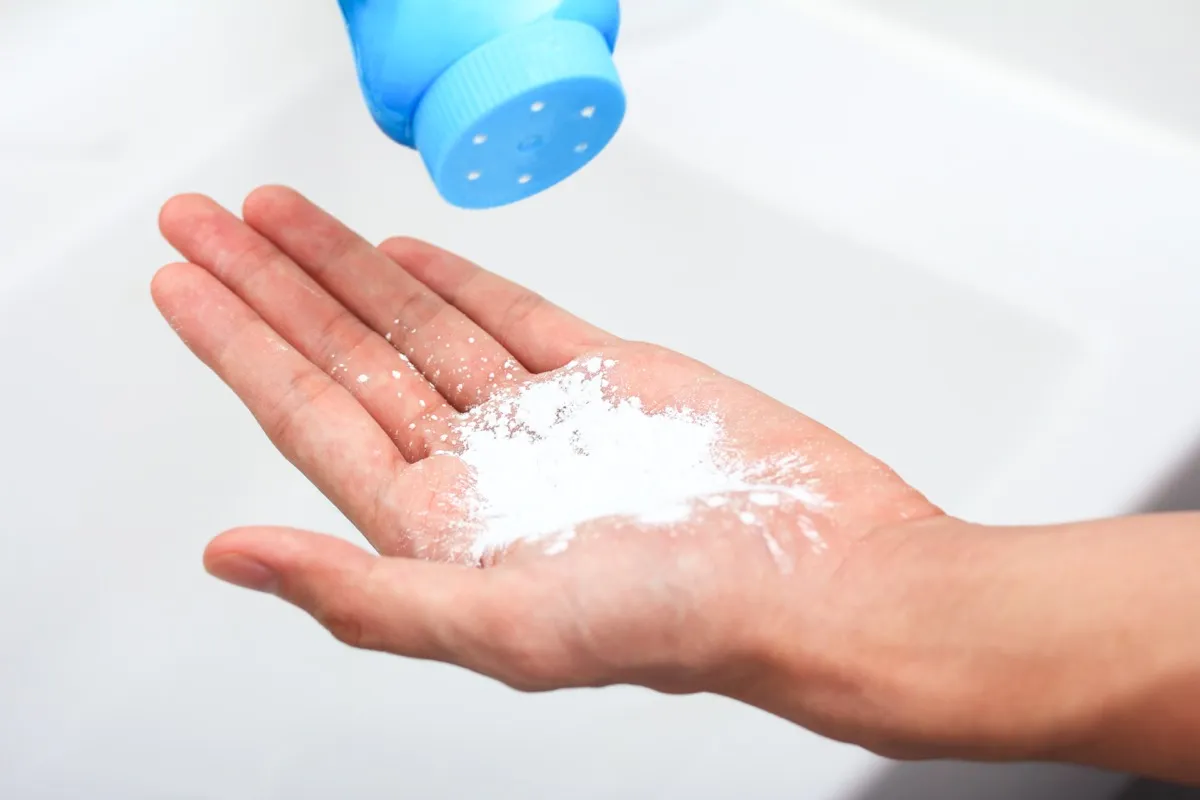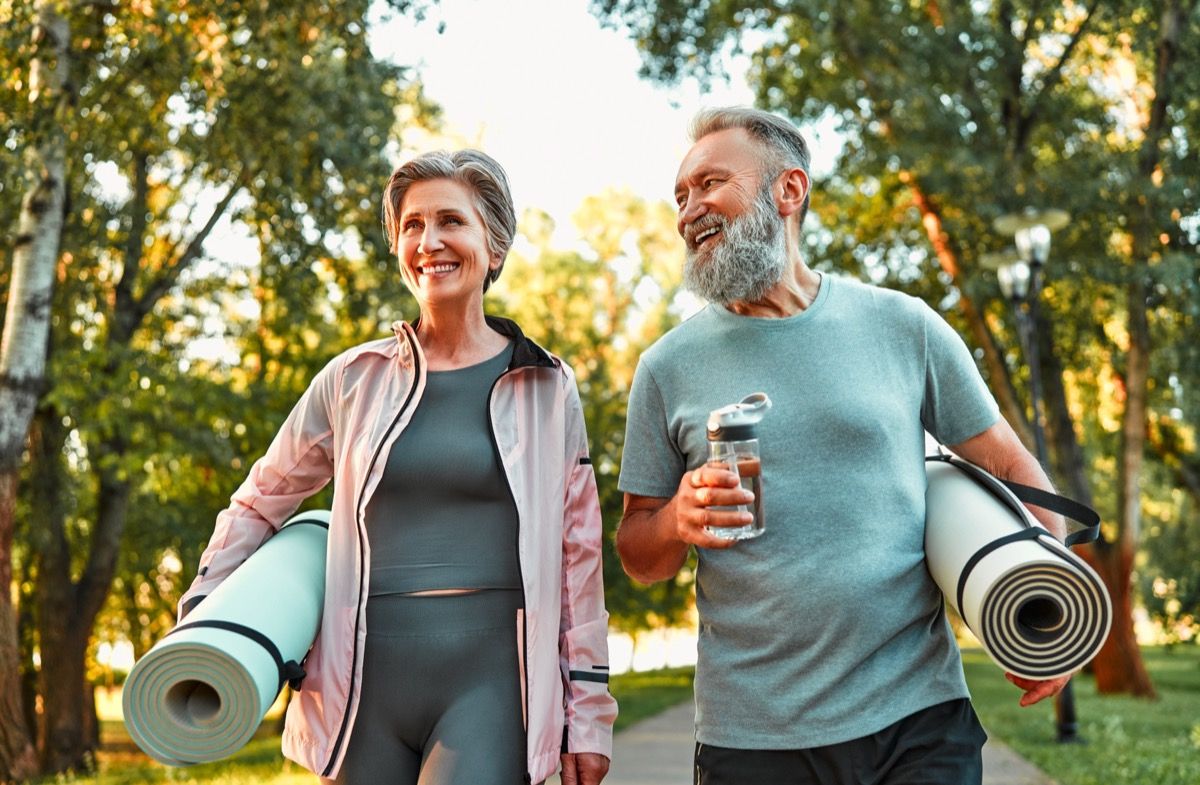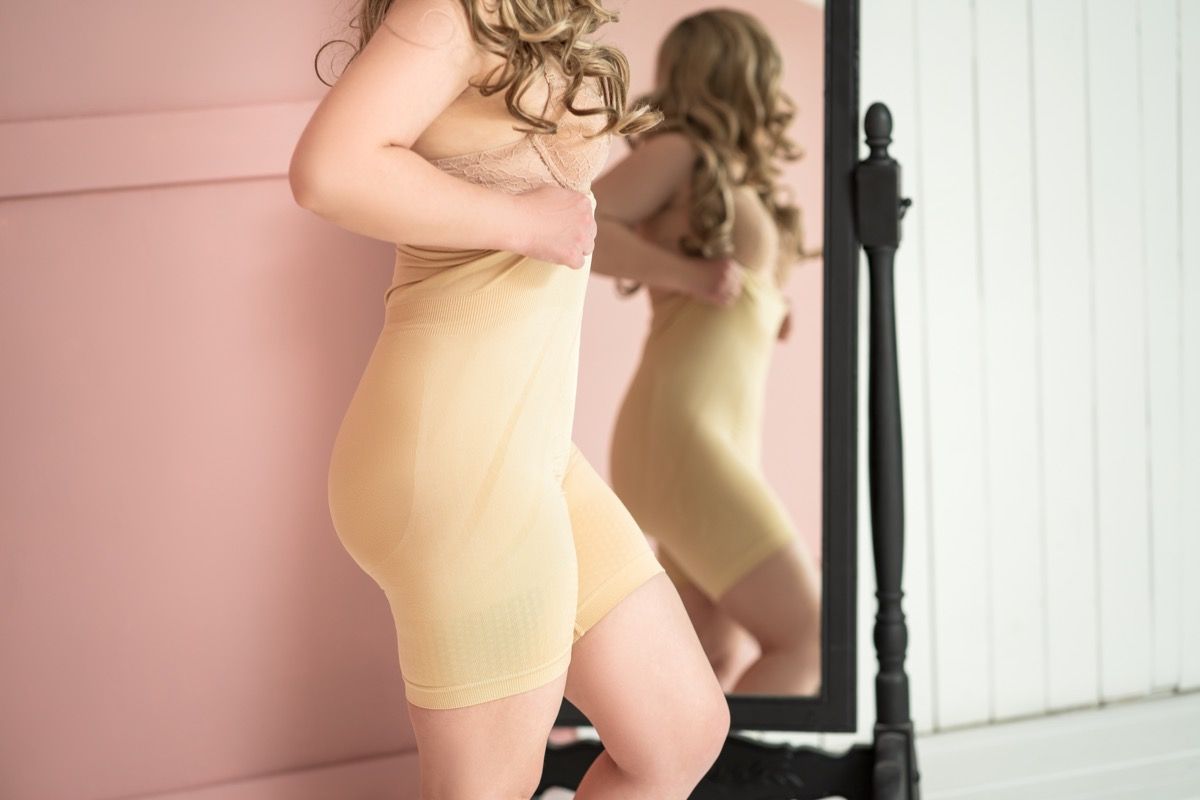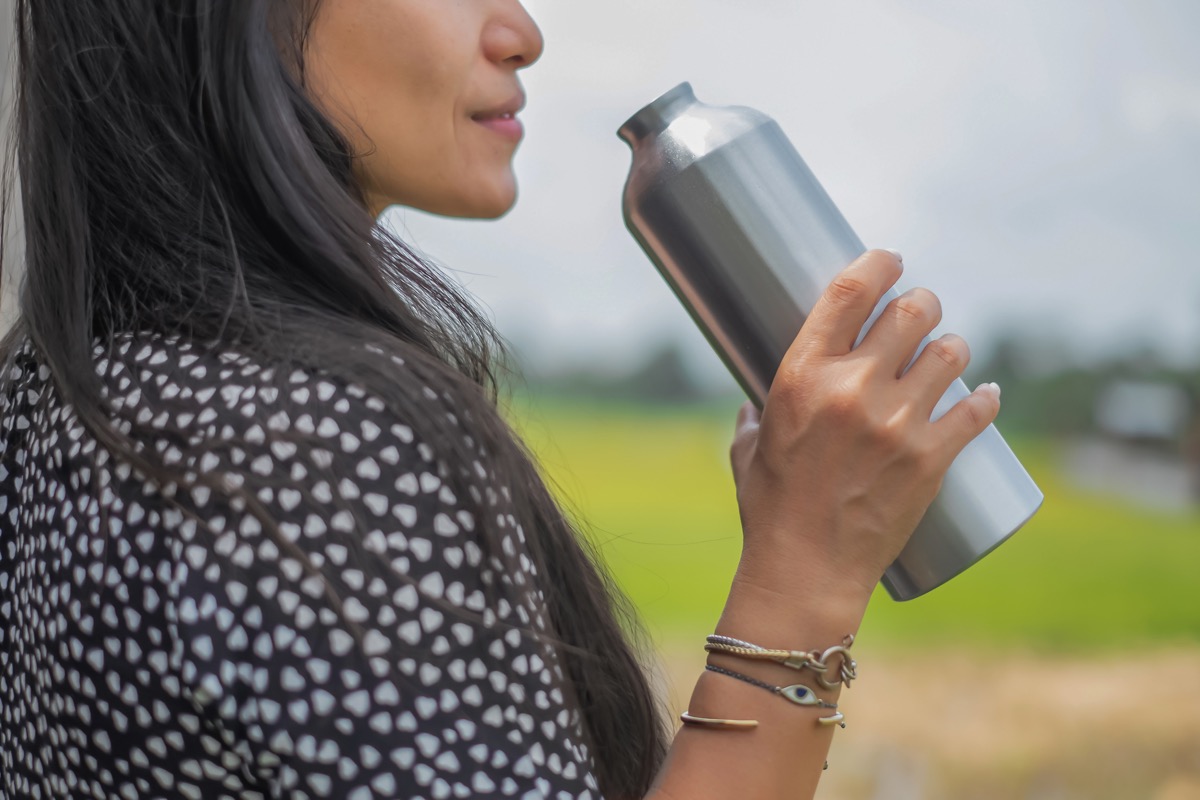7 Genius Ways to Alleviate Thigh Chafing, According to Doctors

Summer brings with it a whole host of seasonal changes to love and loathe. On the bright side, you’ve got picnics, beach days, and if you’re lucky, summer Fridays. Yet the drawback column makes a strong case, too: High heat and sticky humidity can quickly dampen your fun. In fact, there’s one summer unpleasantry that often occurs as temperatures rise—thigh chafing. The direct result of moisture retention and friction between your upper legs, it can cause red, painful inflammation that takes its time to heal.
Experts say that though it’s rarely discussed openly, most people experience skin chafing to some degree—especially as the weather warms. “I often see chafing in my patients who are athletes, most commonly on the inner thighs from running and swimming,” says Melanie Kingsley, MD, a board-certified dermatologist and the owner of MK Dermatology.
However, doctors also say there are plenty of ways to alleviate thigh chafing and skin irritation. Read on for their top tips.
RELATED: 5 Items You Shouldn’t Wear on Hot Days If You’re Over 65.
1
Use anti-chafing creams and balms.

One of the simplest ways to protect your sensitive skin against chafing is to use an anti-chafing cream, balm, or powder.
Hannah Kopelman, DO, a dermatologist and founder of the weekly podcast Derm Club, recommends two in particular: Body Glide and Gold Bond Friction Defense.
“These products create a protective barrier on the skin, reducing friction and preventing irritation. They work by minimizing skin-to-skin contact and keeping the skin smooth,” the doctor tells Best Life.
Kingsley has her own favorite product for inner-thigh protection. “My go-to recommendation for this is Dr. Doug’s Original Miracle Balm. It’s an all-natural organic coconut oil-based balm which acts as a barrier and protects the skin from chafing. It also helps with healing open, cracked skin. So I recommend this for treatment and prevention of chafing,” she says.
2
Try a protective powder.

Dry skin is less likely to chafe, so applying powders that absorb moisture can help maintain a comfortable, friction-free environment.
“Talcum powder or cornstarch-based powders can help keep the skin dry by absorbing moisture,” says Kopelman. “This is particularly useful in hot weather when sweating is more intense.
Looking for a no-talc, paraben-free powder? Megababe Beauty’s Body Dust is an ultra-fine option that’s ideal for absorbing sweat and helping skin glide smoothly.
RELATED: The 5 Best Pants to Wear in the Summer If You Don’t Like Shorts.
3
Wear moisture-wicking clothing.

Under normal conditions, sweat helps shed bacteria from the skin and prevent its growth. However, when heat and moisture become trapped within your clothes and unable to evaporate, this can become an unhygienic breeding ground for bacteria and fungi. To that end, wearing moisture-wicking athletic wear can help you avoid heat- and sweat-related skin irritation.
“These fabrics draw sweat away from the skin, reducing dampness that can exacerbate chafing,” Kopelman says. “By keeping the skin dry, moisture-wicking clothing helps prevent the friction that leads to irritation.”
4
Wear thigh bands, shapewear, or anti-chafing shorts.

Creating a physical barrier can also keep your skin from rubbing together, notes Rachel Lozina, a master esthetician and the founder of Blue Water Spa in Oyster Bay, New York.
“To help with thigh chafing, wear shorts specifically designed to prohibit chafing,” she says. Ideally, you should opt for breathable, lightweight, and cooling brands, such as Thigh Society and Understance. “They are excellent. I have them, and they work perfectly!” Lozina shares.
“Thigh bands like Bandelettes or moisture-wicking shorts can be worn under clothing to prevent skin-on-skin contact,” Kopelman agrees. “These provide a physical barrier, reducing friction and allowing the skin to remain smooth and irritation-free.”
5
Maintain proper hygiene.

Showering or bathing regularly can also help prevent thigh chafing. This is especially important if you’ve spent the day outdoors—let’s say, at the beach near saltwater and sand. But be sure to use only gentle cleansers that are less likely to irritate any already-chafed areas.
“Keeping the thigh area clean and dry is essential. I recommend regular washing to remove sweat and bacteria that can contribute to irritation. Follow up with a gentle, fragrance-free moisturizer [that] can help keep the skin barrier intact and prevent dryness,” Kopelman says.
RELATED: 8 Ways to Safely Exercise When It’s Hot Out, Experts Say.
6
Stay hydrated.

It’s not just what you put on your body but also what you put in it. Kopelman says you should drink plenty of water to indirectly avoid thigh chafing by promoting overall skin health.
“Hydration helps maintain the skin’s elasticity and resilience,” she explains. “Well-hydrated skin is less prone to irritation and can better withstand friction.”
7
Adjust your activity levels.

Finally, it’s important to take breaks from activities that cause excessive sweating and friction—especially if you’ve already developed inflammation in the inner thigh area.
“Short breaks allow you to cool down and reapply any protective products as needed. This reduces prolonged exposure to conditions that promote chafing,” Kopelman says.
And don’t forget—completing your anti-chafing routine as part of your daily skincare routine should lead to the best results: reduced friction, comfortably dry skin, and a healthy skin barrier.
“Implementing a combination of these tips can effectively alleviate and prevent thigh chafing, ensuring comfort during the summer months,” Kopelman adds.
Best Life offers the most up-to-date information from top experts, new research, and health agencies, but our content is not meant to be a substitute for professional guidance. If you have health questions or concerns, always consult your healthcare provider directly.